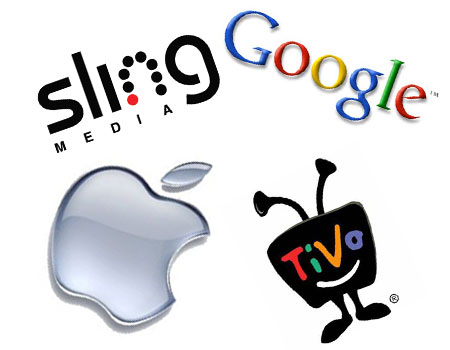This is the second part in a series on The Basics of Online Advertising. I’ll be posting a new entry each week for the next four or five weeks.
What are the Daily and Global Caps?
The Daily Cap is the limit of the number times an ad is shown throughout the day. With branded campaigns these are usually in the 10s or 100s of thousands. When used on a performance campaign it can vary based on the confidence in performance for the given targeting parameters. When the cap is achieved the ad stops serving. The next day the ad starts serving again until it reaches the daily cap once more.
The Global Cap is a bit of a misnomer. It behaves as the limiter for the entire campaigns impressions from beginning to end. Once the global the ad stops serving, period. It doesn’t start up again the next day. In ideal circumstances the global and daily cap are harmonious so that the daily cap was restrictive enough, but not overly restrictive such that the global cap was reached or nearly reached on the end date of the campaign. Mathematically speaking – an ideal daily cap is equal to the global cap divided by the number of days in the campaign.




 Tivo, you had it right. You were in the right place with a near perfect device. You were missing a DVD player and the Internet, but that’s about it. Honestly, you had me sold.
Tivo, you had it right. You were in the right place with a near perfect device. You were missing a DVD player and the Internet, but that’s about it. Honestly, you had me sold. In my last post I mentioned how some people with a narrow view of the Internet couldn’t verbally distinguish it from an email message. Obviously that’s a very small subset of folks, but it brings up an interesting phenomena. The Internet has a few primary use cases for a majority of the man-hours that are spent online and, while the percentage of time in each use case has changed, the cases themselves have largely remained the same since the 90s, maybe even the 80s! Of these cases, many of them are coalescing at Facebook’s doorstep.
In my last post I mentioned how some people with a narrow view of the Internet couldn’t verbally distinguish it from an email message. Obviously that’s a very small subset of folks, but it brings up an interesting phenomena. The Internet has a few primary use cases for a majority of the man-hours that are spent online and, while the percentage of time in each use case has changed, the cases themselves have largely remained the same since the 90s, maybe even the 80s! Of these cases, many of them are coalescing at Facebook’s doorstep.
